Processing: of all the stages that coffee goes through in its journey from seed to cup, it’s processing that plays the most important role in determining unique flavor profiles. Of course, this isn’t to say that roasting and brewing don’t significantly impact flavor (because they do). Rather, processing develops the flavor profile that roasting and brewing accentuates and refines. Whether a coffee tastes like white peach and almond extract isn’t going to be a result of manipulating roast profile; i.e, you can’t “roast-in” flavor notes (with the exception of “ashiness” and “burnt” notes as a result of too dark a roast). A smart roaster would be keen to accent the peach note through careful roasting, but the fact that it tastes like peaches at all—well that’s down to the processing.
And the method by which a coffee is processed can drastically alter the end flavor. Two identical coffees—of the same variety, grown and harvested at the same time, on the same farm—can taste totally singular if each were processed differently. The difference between washed coffees and pulped natural coffees, for example, can be night and day.
For the most part, distinguishing between different processing methods is relatively easy. Take beer, for example. A porter from Brewery A might not taste exactly like a porter from Brewery B, but they both taste like porters—and neither of those beers would taste anything like a sour beer from Brewery C. Likewise, a washed Guatemalan coffee could taste very similar to a washed Colombian coffee, but neither of those coffees would taste anything like a natural coffee.
Identifying processing methods on taste and smell alone is a skill every serious cupper should have, so in this blog we’ll go over some of the main flavor hallmarks of the most common processing methods: washed, natural, honey and wet-hulled.
________________________________________________
What’s the point of processing, anyway?
The coffee “beans” that we brew and turn into our daily “wake-up” juice are, of course, the seeds of the coffee cherry, a fruit. Coffee processing is simply the way by which the skin, flesh, and layers of plant membrane of the coffee cherry are separated from the seed.
To vastly oversimplify why different processing methods result in different flavors, it comes down to fermentation, contact time between the fruit and the seed, and drying. All coffees, regardless of whether they are washed or naturally processed, undergo a fermentation period and a drying period. Manipulating the conditions these stages occur in results in different kinds of flavors developing. In the case of natural coffees, for example, long fermentation periods tend to impart a rounded sweetness and ripe, fruity fragrances to coffee seeds.
coffee seed layers
Natural Process
Natural processing is the oldest and most basic way that coffees have been processed. Prior to the advent of de-pulping machines, this was how coffee was processed for hundreds of years.
During a typical natural process, coffees are harvested once ripe and then simply spread out on raised beds. The fully intact coffee cherries slowly dry, and the fruit of the cherry ferments at the same time that it dries. The coffee can be hulled and the seeds removed once the cherries are finished drying.
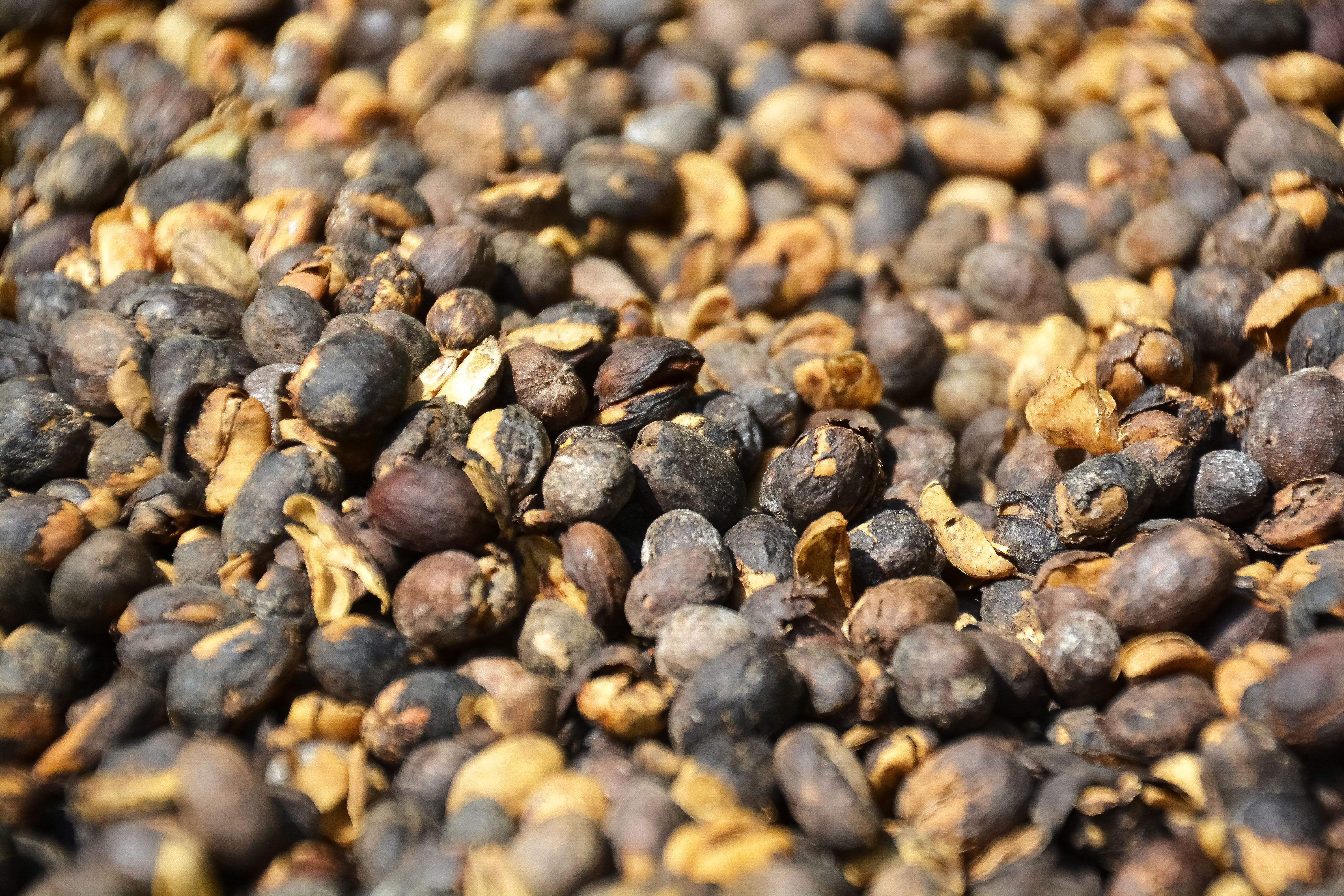
Much care has to be taken during drying to ensure that coffees dry evenly, making it a very labor-intensive process; producers have to regularly turn coffees as they dry, and the entire period can take several weeks. Because the coffee seeds are in contact with fermenting cherry for so long, natural coffees tend to have a faint “funkiness” to them; if you’ve ever put your nose to stonefruits like plums or peaches that are just on the edge of being overripe, it’s almost like that. If not processed properly, it’s easy for natural coffees to have an overwhelming fermented note that can be cloying and a little unpleasant.
When executed well, however, natural coffees can be some of the sweetest, complex and most fruit-forward coffees you’ll ever taste, and the variety of flavor profiles seems almost endless. Look for round fruit flavors that aren’t aggressive with their acidity: plum, honeydew, pear, banana and especially blueberry are common notes in natural coffees. The aroma of natural coffees also tend to be more potent than other coffees and can really project across a cupping table. If you ever find a coffee that jumps out based on smell alone, it’s likely a natural.
Washed Process
Around the beginning of the 20th century, farmers started processing their coffee via de-pulping machines which stripped most of the fruit from the cherry, leaving only a thin layer of mucilage still attached to the seed. Farmers then stored de-pulped coffee seeds inside containers for anywhere from half a day to up to 3 days to allow the mucilage layer to ferment and break down, just like in a natural process. Afterward, coffees are thoroughly washed in water (hence the name), rinsed of mucilage, and then spread on drying beds to dry over the next few days.
Washing coffee is a much faster and more consistent way of coffee processing, and it quickly became the go-to method for most coffee producers around the world; it remains the preferred method today.
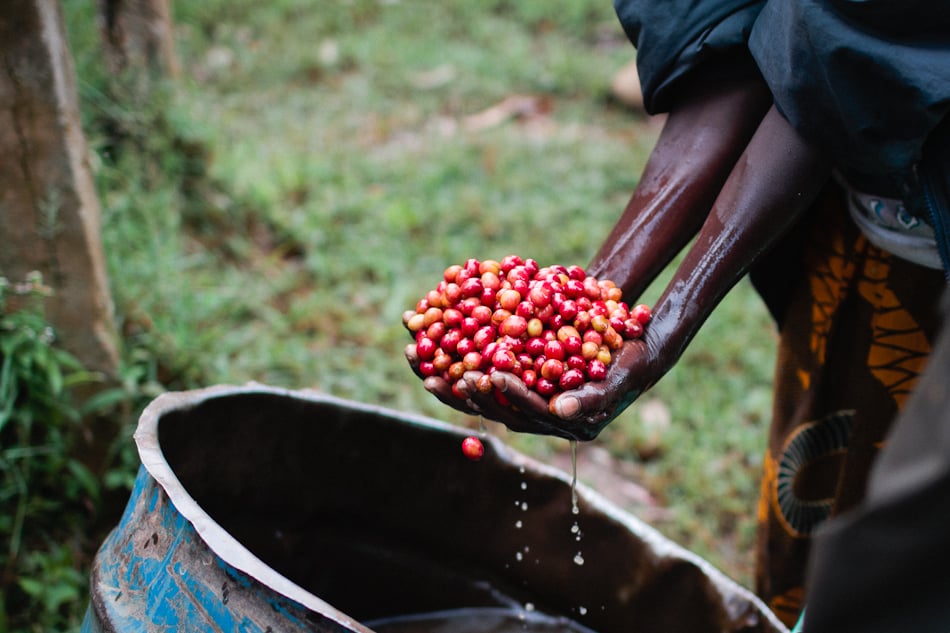
Washed coffees lack the background “fermented” note that natural coffees can have and are often noted for their clarity of flavor. It tends to be easier to distinguish individual flavor notes in washed coffees. Since the seed doesn’t stay in contact with the cherry for nearly as long as in a natural process, ripe fruit notes are less intense, and coffees tend to favor more striking acidity with brighter, fresher sharper notes. Think biting into a crisp green apple, or the tartness of a mandarin.
Honey Process
The honey process is sort of a middle-ground between a natural and a washed coffee. During the honey process, varying amounts of fruit and mucilage are removed, after which a coffee goes straight to drying—the remaining mucilage isn’t washed off. And no, there’s no actual honey involved. The “honey” in this case refers to the sticky layers of mucilage that cling to the seed as the coffee dries.
This method was developed within the last few decades as a method of speeding up the natural process and is very prominent in Costa Rica as well as Brazil, where it’s commonly referred to as "pulped natural."
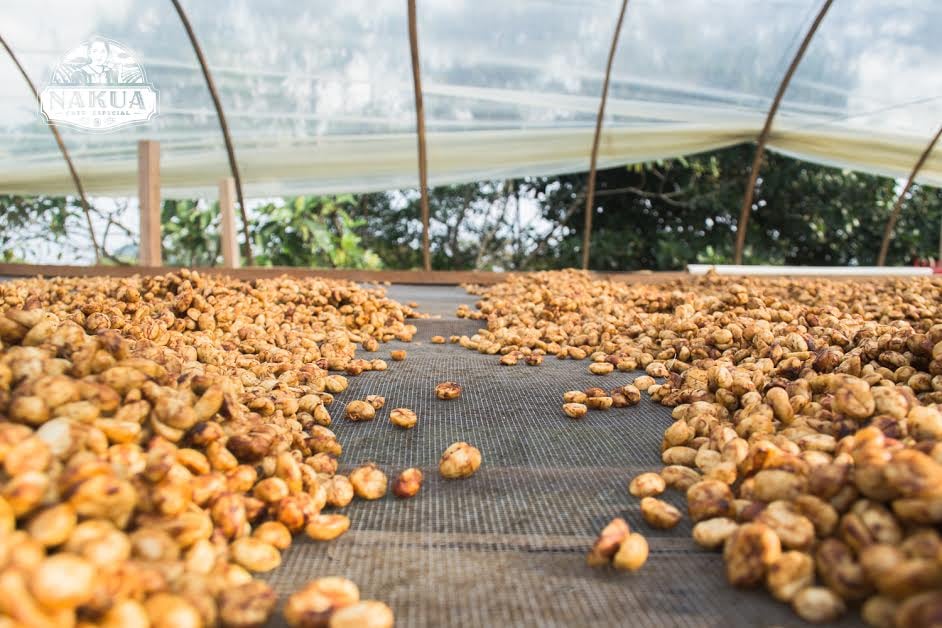
There are different degrees of honey process depending on how much fruit is removed: “black honey” (the least amount removed), “red honey,” and “yellow honey” (most mucilage removed). The more mucilage is left, the darker the “honey” color that develops on the seeds.
Flavor-wise, the profiles of honey processed coffees are a mix of both washed and natural coffees: you get the sweetness and complex fruit notes of a natural, with the clarity and brightness of a washed coffee. This one can be of the tougher processing methods to identify. If a coffee has rounded fruit character, a faint fermented note, but bright and tart acidity, there’s a good chance it’s a honey process.
Wet-Hulled
Also known as “Giling-Basah,” this is a method of processing unique to Indonesia, and particularly the island of Sumatra.
The process of wet-hulling starts out just like a washed coffee: coffees are picked, de-pulped, fermented and then washed. The difference in wet-hulling lies in the drying phase—while washed coffees are laid out on raised beds or patios to dry over several days until coffees reach the optimal moisture content, coffees destined for wet-hulling are taken straight to the hulling machine after washing where the layer of parchment is removed. At this point, coffees are still wet, usually around 35-45% moisture content. Once the parchment layer is hulled, coffees are laid out to finish drying.
Wet-hulling is solely what gives Sumatran coffee its signature profile of low acidity and a smooth, rich, almost silky body. It tends to lack distinct fruit notes and favors earthy, chocolatey and nutty flavors. Once you’ve tasted a wet-hulled Sumatran coffee, it becomes hard to miss—there’s a reason why Sumatra is one of the most recognized origins among consumers globally.
_______________________________________________
Hopefully this will give you some clues as to what you’re tasting the next time you’re cupping coffees! Stay tuned for more posts on processing as we explore some of the more experimental processes that farmers have been testing out over the last few years.

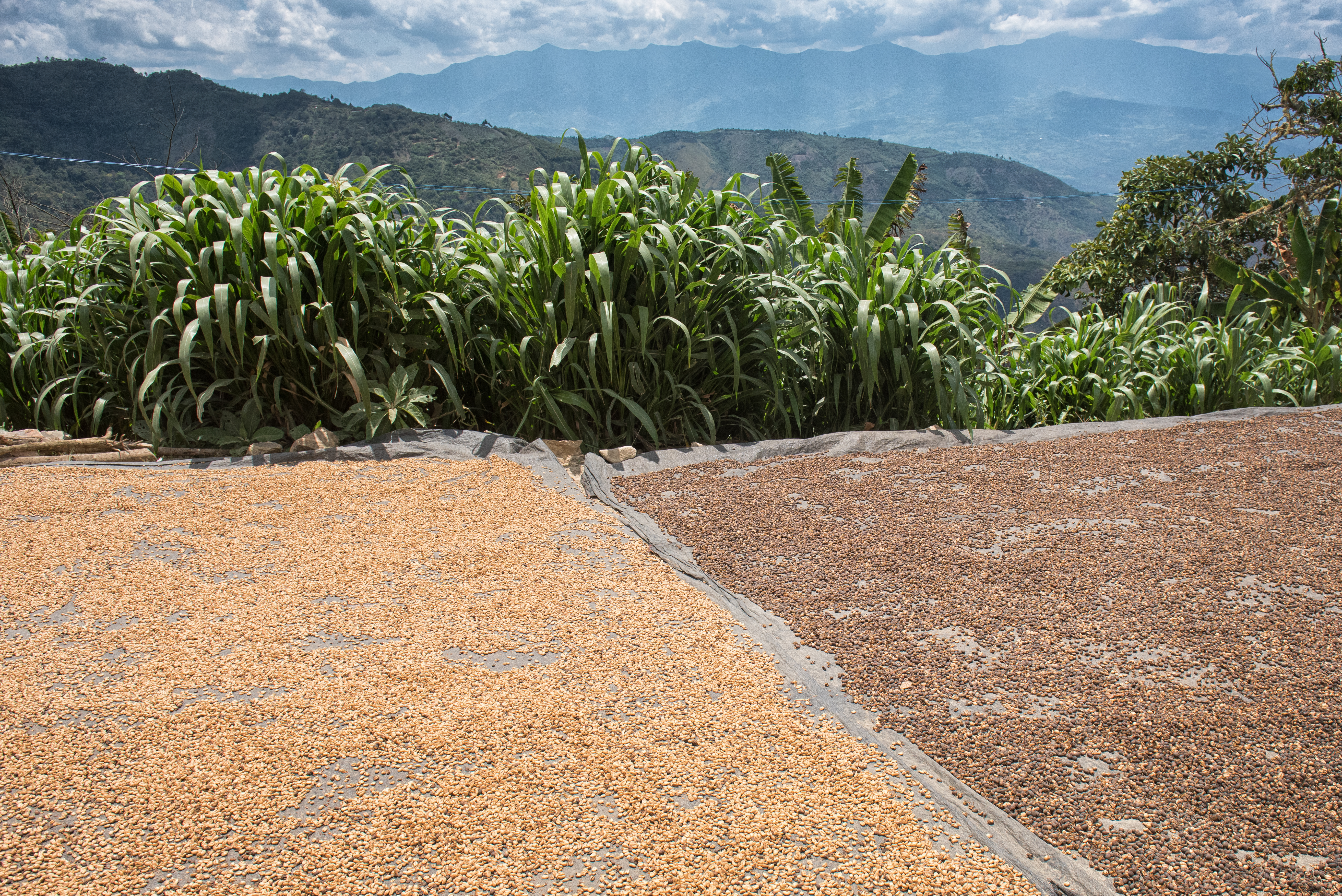



.png)

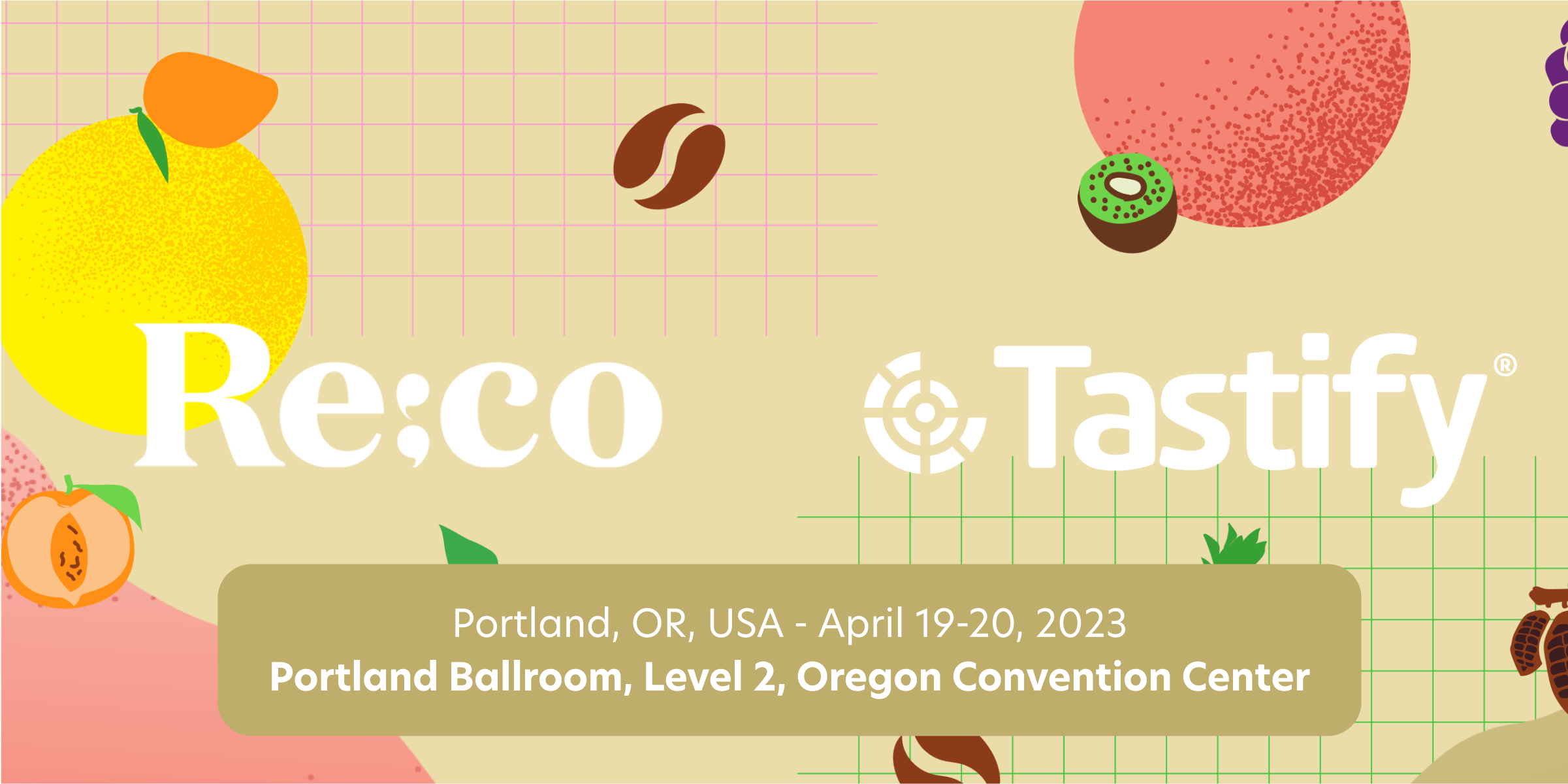



Comments